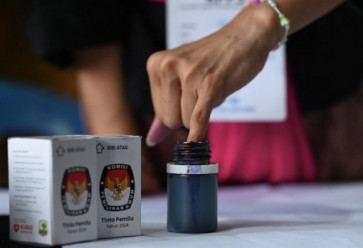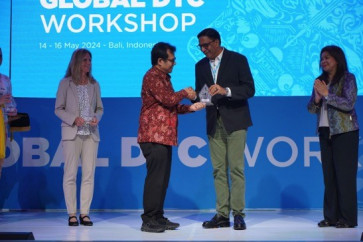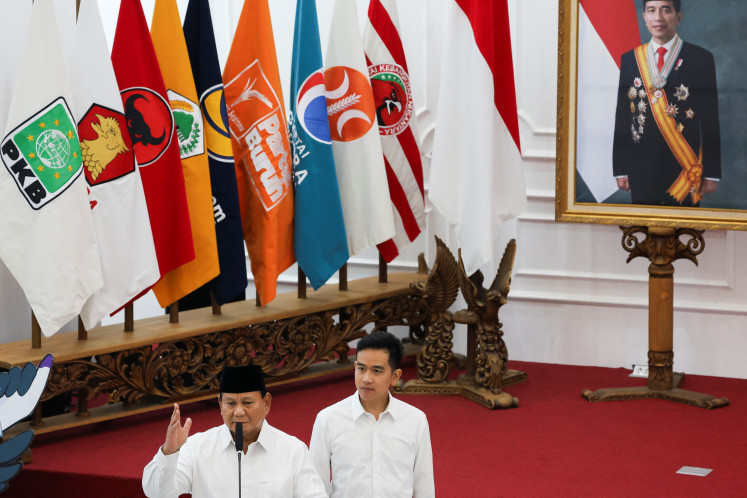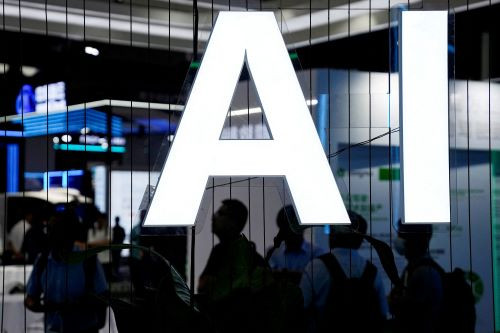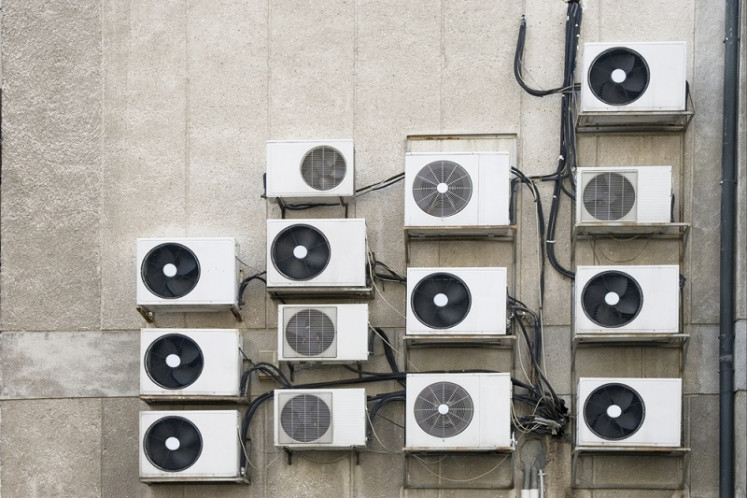Wanted: Savvy operators for biogas
Albeit its global position as a proponent for the use of clean energy, Indonesia is racing the slow track to embrace biogas as an alternative energy source
Change Size

A
lbeit its global position as a proponent for the use of clean energy, Indonesia is racing the slow track to embrace biogas as an alternative energy source. The lack of funding, as well as resistance to operating the devices, is making it difficult for people in rural areas to embrace it.
Dutch non-governmental organization Hivos program manager Robert de Groot said that there was huge potential in Indonesia to develop the biogas sector.
“Indonesia has a potential market of around one million households which could use a biogas digester,” he said, pointing out the high number of dairy farmers in the country.
But the high number of dairy farmers in rural areas does not lead to lower dependence on fossil fuels, as many people have failed to operate biogas digesters, a device used to convert animal manure into useful energy.
Experiences in some of the NGO’s biogas programs in Indonesia showed that it was not easy to make teach residents how to utilize biogas, De Groot said.
“They like biogas a lot, but at the same time, they have had many bad experiences with failed biogas projects,” he said, adding that during previous experimentation farmers could easily make gas out of cow manure by using simple tools, such as a plastic bag digester.
But the efforts did not last long. After six months or so, many such biogas endeavors began to leak.
“Many of those digesters worked, but they were not really efficient. They could have been made more efficient, more sustainable and more durable, and this is what we are looking for,” he said.
The government is committed to supporting the development of the biogas sector under its domestic biogas program, called Biogas Rumah (Biru), or home biogas.
With the support of Hivos, the Biru program aims to build at least 8,000 biogas plants before the end of 2012 at selected districts in six provinces: East Java, Central Java, Yogyakarta, West Java, Lombok, Bali and South Sulawesi. It has established 848 biogas digester units since 2009.
From experiences in Central Java and Yogyakarta, about 500,000 cows produced 150,000 cubic meters of daily manure.
“If a cubic meter of manure can produce energy that can be used to cook for four hours, you can imagine how much biogas can be produced in both provinces every day,” Hivos Indonesia’s domestic biogas program provincial coordinator Maria Epik Pranasari said.
Such efficiency has attracted many dairy farmers to the idea of developing biogas plants.
Based on a 2009 feasibility study, the agency found 6,000 digesters had already been built by Koperasi Peternak Sapi Bandung Utara (KPSBU) in Bandung, de Groot said.
It will develop 1,000 biogas plants, while the SAE Pujon cooperative in Malang plans to build up to 2,000 biogas digesters, de Groot said, adding that building better capacity would advance the dissemination of the biogas concept.
Biogas sector development is an approach previously developed in other countries. Before starting in Indonesia, similar projects had been carried out in a number of countries in Asia and Africa.
In Nepal, for example, the program started in the early 1990s and the country now has more than 2,000 digesters.
Director general of new and renewable energy and energy conservation at the Energy and Mineral Resources Ministry Luluk Soemiarso said that many people were unaware of the benefits of biogas.
Many dairy farmers did not yet know the costs and benefits of development of biogas digesters, he said.
“Initial investment is quite expensive,” he told The Jakarta Post.
Citing an example, he said that one biogas reactor with a capacity of 4 cubic meters would require about Rp 6 million (US$672).
Luluk admitted that poor education on how to use biogas was the root of failure to spread the use of biogas.
“We didn’t have a proper technical standard at that time. Many digesters broke down, while people did not know how to fix them,” Luluk said.
“That’s why we need social engineering, so biogas can be better introduced to the people,” he added. (ebf)

